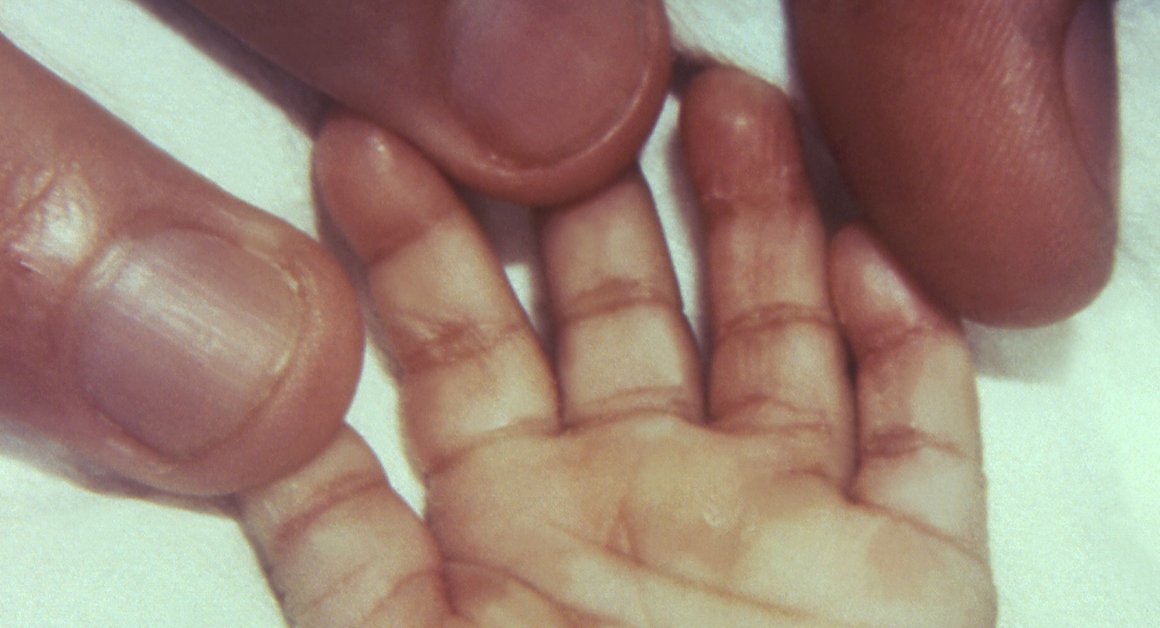Syphilis has been making a comeback across the U.S. in recent years after it was nearly eliminated in the early 2000s. And federal officials say the trend is having a troubling side effect: A growing number of babies are born with the infectious disease, which can be fatal or lead to serious complications for infants.
In 2022, 3,761 cases of congenital syphilis were reported across the country, more than 10 times as many as a decade prior, according to a report the Centers for Disease Control and Prevention released on Tuesday.
While the CDC has not yet released state-level data for 2022, figures from the previous year show that New York and New Jersey are not immune to this trend — despite having lower rates of infant syphilis than the U.S. average. Both states experienced significant rate increases in recent years, particularly between 2020 and 2021.
The CDC is urging public health professionals and doctors to take proactive steps to identify and treat syphilis in pregnant people before it’s passed on to their babies.
[–>
The left palm of a newborn infant’s hand exhibits a copper colored rash, a characteristic of congenital syphilis. This disease occurs when a mother with syphilis passes the infection on to her baby during pregnancy.
Centers for Disease Control and Prevention
“Untreated syphilis during pregnancy can cause devastating outcomes, including miscarriage, stillbirth, infant death and lifelong medical issues,” Dr. Deborah Houry, the CDC’s chief medical officer, said during a press call on Tuesday. “Importantly, congenital or newborn syphilis is extremely preventable if we reach people with timely testing and treatment during pregnancy.”
Nationwide, about 78 babies out of every 100,000 live births had congenital syphilis in 2021, according to CDC data. New Jersey’s rate that year was about 47 cases for every 100,000 live births, with 48 cases in all. New York had 41 cases statewide in 2021 for a rate of about 20 per 100,000 live births.
[–>
[–>
Recent spikes in congenital syphilis mirror a national escalation of transmission in sexually transmitted infections among adults during the COVID-19 pandemic, said Houry.
In New York City, rates of STIs increased overall during the pandemic, at a time when many of the city’s sexual health clinics were closed. Syphilis rates rose significantly among women between 2020 and 2021. The pace decreased slightly among men, though overall rates were still much higher, according to city data. Meanwhile, the city health department reported that the number of babies with congenital syphilis increased, with 24 cases tallied in 2021.
[–>
This image depicts the dental condition known as mulberry molars or Moon’s molars in a congenital syphilis patient. It’s a condition where the bite surface of the permanent, first lower molar teeth develop rounded surfaces to their cusps, resembling the surface of a mulberry.
CDC/ Robert Sumpter
Syphilis is caused by a bacteria known as Treponema pallidum, and most infected adults are treated with three long-acting doses of the antibiotic bicillin, also known as benzathine penicillin G, which can cure the disease in its early stages, according to the CDC. This past summer, the agency acknowledged that there were shortages of the drug in some parts of the country, and the New York state health department issued a notice saying the shortages were affecting some regions of the state.
CDC representatives confirmed on Tuesday that shortages were still an issue in some areas. The CDC and the New York state health department both made it clear that pregnant people and infants with syphilis would be prioritized in areas affected by shortages of bicilin. Alternative options are available for people who aren’t pregnant.
